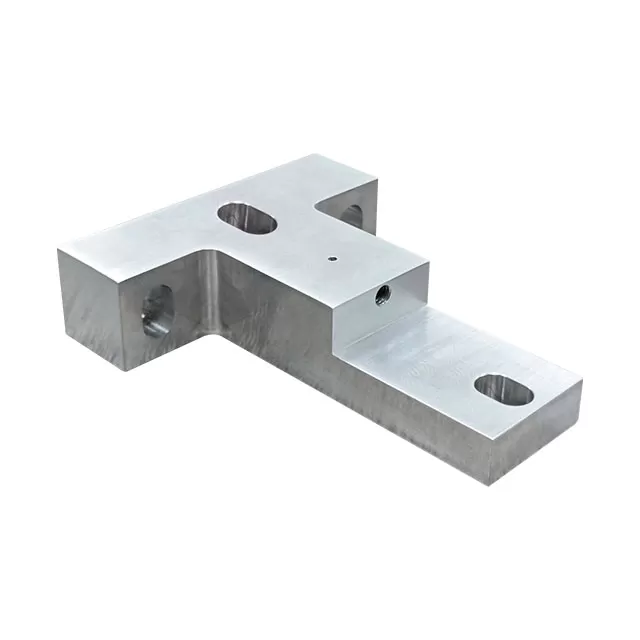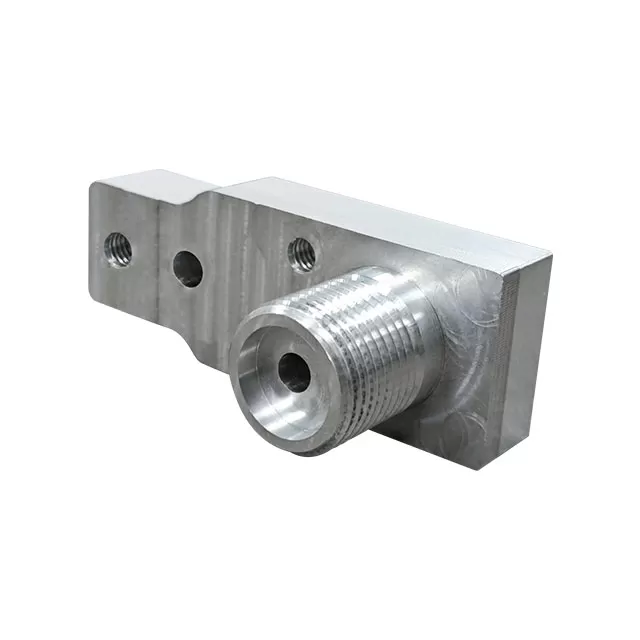Lathe, milling, and turning are three common machining processes used in the manufacturing industry. Each process has its own unique characteristics and is suited to different types of materials and products. In this article, we will discuss the differences between these three processes and how they are used in modern manufacturing.
Lathe:
A lathe is a machine tool that rotates a workpiece on its axis to perform various operations such as cutting, drilling, and sanding. The workpiece is held in place by a chuck or a collet, and a cutting tool is fed into the workpiece to remove material. Lathes are used to shape cylindrical, conical, and spherical objects.

Milling:
Milling is a machining process that involves removing material from a workpiece using a rotating cutting tool. The cutting tool is moved along multiple axes to create complex shapes and patterns. Milling machines can be used to create flat surfaces, slots, and gears.
Turning:
Turning is a machining process that involves rotating a workpiece on its axis while a cutting tool is fed into the workpiece to remove material. Turning is used to create cylindrical and spherical objects, such as shafts and bearings.
Lathe vs Milling vs Turning Differences:
The main difference between these three processes is the direction in which the cutting tool moves relative to the workpiece. In lathe and turning operations, the cutting tool moves parallel to the axis of rotation of the workpiece. In milling operations, the cutting tool moves perpendicular to the axis of rotation of the workpiece.
Another difference is the types of objects that can be produced by each process. Lathes are best suited for cylindrical and conical shapes, while milling machines are used for creating complex shapes and patterns. Turning is used for creating cylindrical and spherical shapes.
Finally, each process requires different types of machines and tools. Lathes require chucks and collets to hold the workpiece in place, while milling machines require a variety of cutting tools and fixtures to hold the workpiece in place. Turning requires a lathe and a cutting tool.
Lathe vs Milling vs Turning Application
Lathe Application
A lathe is a machine tool that rotates a workpiece on its axis to perform various operations such as cutting, drilling, and sanding. The primary application of a lathe is to create cylindrical shapes, such as shafts, rods, and bolts. Lathes can also be used to create intricate designs, such as threads and grooves, on a workpiece’s surface.
Lathe machines are ideal for creating symmetrical shapes and achieving tight tolerances. They are commonly used in the production of parts for machines, such as engines, turbines, and pumps. Lathes are also used in woodworking and metalworking industries to create decorative or functional objects.

Milling Application
Milling is a machining technique that uses a rotating cutting tool to remove material from a workpiece. Unlike a lathe, which rotates the workpiece, milling machines move the cutting tool across the workpiece to create different shapes and sizes. Milling machines can perform a wide range of operations, such as drilling, slot cutting, and contouring.
Milling machines are ideal for creating complex shapes and contours. They are commonly used in the production of parts for the aerospace, automotive, and medical industries. Milling machines can also be used in woodworking and metalworking to create intricate designs and shapes.
Turning Application
Turning is a machining technique that involves rotating a workpiece while a cutting tool removes material from its surface. The primary application of turning is to create cylindrical shapes, such as shafts, bushings, and bearings. Turning machines can also be used to create intricate designs and shapes on a workpiece’s surface.
Turning machines are ideal for creating symmetrical shapes and achieving tight tolerances. They are commonly used in the production of parts for machines, such as engines, turbines, and pumps. Turning machines can also be used in woodworking and metalworking industries to create decorative or functional objects.
Conclusion:
In summary, lathe, milling, and turning are three common machining processes used in the manufacturing industry. Each process has its own unique characteristics and is suited to different types of materials and products. Lathe is best suited for cylindrical and conical shapes, milling machines are used for creating complex shapes and patterns, and turning is used for creating cylindrical and spherical shapes. Understanding the differences between these processes is important for choosing the right machining process for your product.


